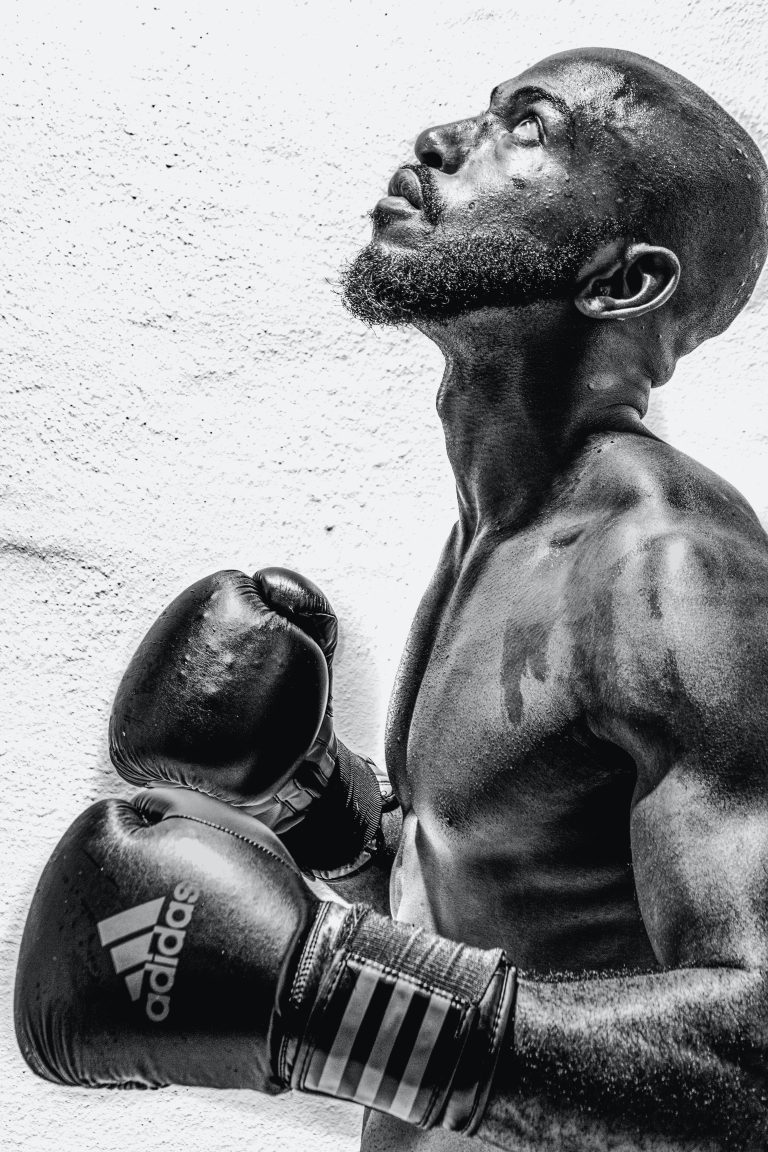The Ultimate Guide to Karate for Beginners
Karate is an ancient martial art that has been practiced for centuries by people all over the world. It is a practical and effective form of self-defence that combines physical and mental discipline. When practiced correctly, karate can be an effective form of self-defence and can provide numerous health benefits.
Whether you’re a complete beginner or an experienced martial artist looking to add karate to your existing practice, this guide will help you learn the basics, improve your technique, and understand how karate can benefit your health and wellbeing. Let’s get started!
The History of Karate
Karate originated in the Ryukyu Islands of Japan, a cluster of islands located in the East China Sea. It was originally developed as a method of unarmed self-defence in times of war, when weapons were not available. Over time, it gradually evolved into a civilian sport and was introduced to mainland Japan in the early 1900s.
The name “karate” means “empty hand” and is comprised of two characters: kara (which means “empty”) and te (which means “hand”).
Karate was later exported from Japan to Okinawa, where it enjoyed tremendous popularity and grew in complexity over time. It was then exported to the United States and other countries in the 1960s and 70s and is now practiced by millions of people around the world.
Benefits of Practicing Karate
Karate has numerous physical, mental, and emotional benefits. With regular practice, you can expect to experience improved strength, flexibility, balance, and coordination. It can also help reduce stress and improve focus and concentration.
For those looking to lose weight, karate offers an excellent way to burn calories while having fun. The combination of high-intensity movements and relatively low impact on joints makes karate an ideal form of exercise for all ages.
Karate also has psychological benefits: it helps students develop discipline, respect for others, self-confidence, responsibility, and perseverance.
Fundamental Principles of Karate
Karate is built on a system of principles that must be understood before attempting to master the physical aspects of the art. These principles are:
- Respect: Respect for yourself, your opponent, and your instructor/teacher is essential for effective karate practice.
- Confidence: You must develop the right attitude and mindset—one of self-belief and confidence—in order to succeed.
- Control: You must develop proper control over your body and your movements to perform karate techniques safely and effectively.
- Endurance: You must develop endurance—both physical and mental—in order to stay focused and perform effectively over long periods.
Types of Karate
There are many different styles and schools of karate. The two most popular styles are Shotokan and Wado-Ryu.
Shotokan: This is the most popular style of karate, characterized by powerful linear movements that emphasize strength rather than speed. Its basic principles are to always move forward and attack decisively with one’s entire body.
Wado-Ryu: This style emphasizes circular blocks and attacks and concentrates on balance and agility rather than power. Wado-Ryu practitioners utilize simultaneous blocks and attacks using their feet as well as their hands.
Kata
Kata is a pre-arranged sequence of techniques that simulates combat against multiple opponents. It is used to teach balance, timing, technique, stability, distance control, coordination, breathing, and muscular control.
Kata also helps students to remember techniques that can be used in a self-defence situation and helps to develop a sense of rhythm and timing.
Sparring
Sparring is a form of live training in which two participants compete using predetermined techniques on each other with varying intensity and contact level depending on the desired level of realism. Sparring is important for developing real-time techniques that can be applied in an actual fight. However, it should be noted that sparring should not be a violent activity but rather one where both participants respect each other and focus on technique rather than power.
Instructors
A good instructor is essential for learning karate correctly and safely. Since karate is a physical activity, it is important to find an instructor who is knowledgeable, experienced, patient, and has a good reputation among their peers. An experienced instructor can help you progress quickly while teaching you proper technique and good safety practices.
Final Thoughts
Karate is a practical form of self-defence that can help you stay safe while offering numerous physical, mental, and emotional benefits. The fundamentals of karate are simple but require time and dedication to master. The most important step is to find a qualified instructor who can provide quality training in a safe environment so you can reach your goals with confidence.
The Ultimate Guide to Karate for Beginners: Frequently Asked Questions
Karate is a traditional Japanese martial art that has gained worldwide popularity. It is a form of physical exercise that not only strengthens the body but also sharpens the mind. Many people, especially beginners, have several questions about karate. In this ultimate guide, we will cover some of the most frequently asked questions.
What is karate?
Karate is a martial art that originated in Okinawa, Japan. It uses various striking, kicking, and blocking techniques to defend against an opponent. Karate emphasizes discipline, focus, and respect for oneself and others.
What are the benefits of practicing karate?
There are numerous benefits of practicing karate. Some of these benefits include improving physical fitness, enhancing mental focus, increasing self-confidence, and developing self-defense skills. Karate also helps to reduce stress and improve overall well-being.
What is the best age to begin learning karate?
Karate can be learned by individuals of all ages. However, it is recommended to start learning at a young age, as it helps in developing good habits and discipline. Children as young as 4 or 5 years old can start learning karate.
What equipment is necessary to practice karate?
The equipment required for practicing karate includes a gi (karate uniform), a belt, protective gear (such as hand and foot pads), and a mouthguard. Some schools may also require the use of weapons like nunchucks or bo staff.
What are katas?
Katas are a series of prearranged movements that simulate a fight against imaginary opponents. They are an essential part of karate training and help to improve form, technique, and mental focus.
How long does it take to become proficient in karate?
The time it takes to become proficient in karate varies from person to person. It depends on several factors, such as talent, dedication, and the frequency of practice. On average, it takes around 3-5 years to reach the level of black belt, which is considered the first significant milestone in karate.
Is karate dangerous?
Karate, like any other physical activity, comes with a certain degree of risk. However, with proper training and adherence to safety rules, the risk of injury is reduced significantly. Karate is relatively safe when practiced under the guidance of a qualified instructor.
Can karate be practiced as a form of self-defense?
Yes, karate can be an effective form of self-defense. It teaches people how to defend themselves against an attacker, and its techniques can be used in real-life situations. However, self-defense situations should always be avoided whenever possible, and the use of force should only be a last resort.
What qualities are necessary for someone to excel in karate?
To excel in karate, one needs to have qualities such as discipline, focus, dedication, and perseverance. Karate also promotes values such as respect, humility, and self-control, and these values are essential for success in life.
What should I look for in a karate school?
When looking for a karate school, it is essential to consider factors such as the instructor’s qualification, the school’s reputation, the cost, and the curriculum. It’s also a good idea to observe a class beforehand to get a feel for the training environment.
Conclusion
Karate is a martial art that can have many physical and mental benefits. Whether you’re a beginner or an advanced practitioner, it’s essential to have a good understanding of the fundamentals. We hope that this guide has helped to answer some of the most frequently asked questions about karate. Remember, the key to success in karate, as in life, is discipline, dedication, and hard work.
Inhaltsverzeichnis






